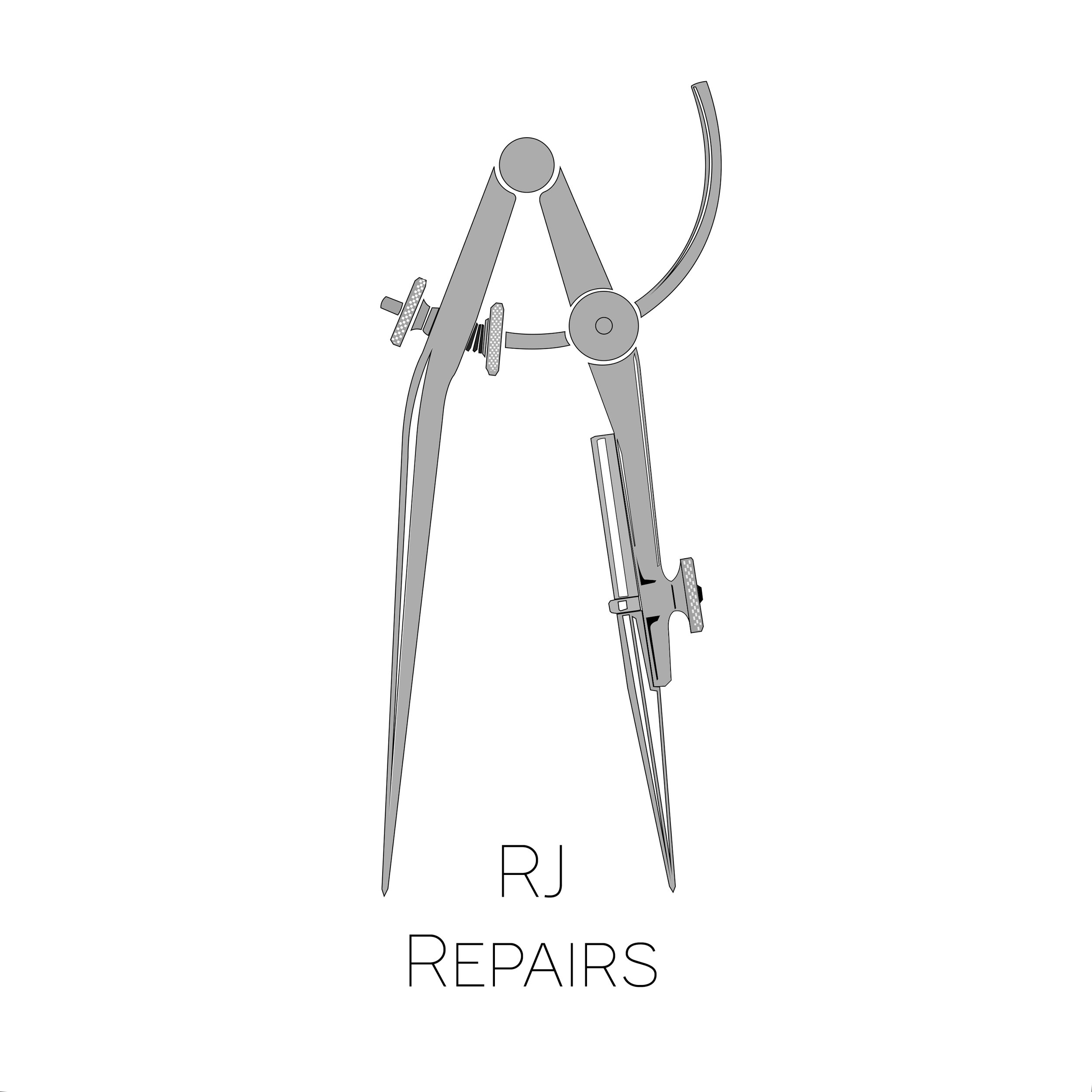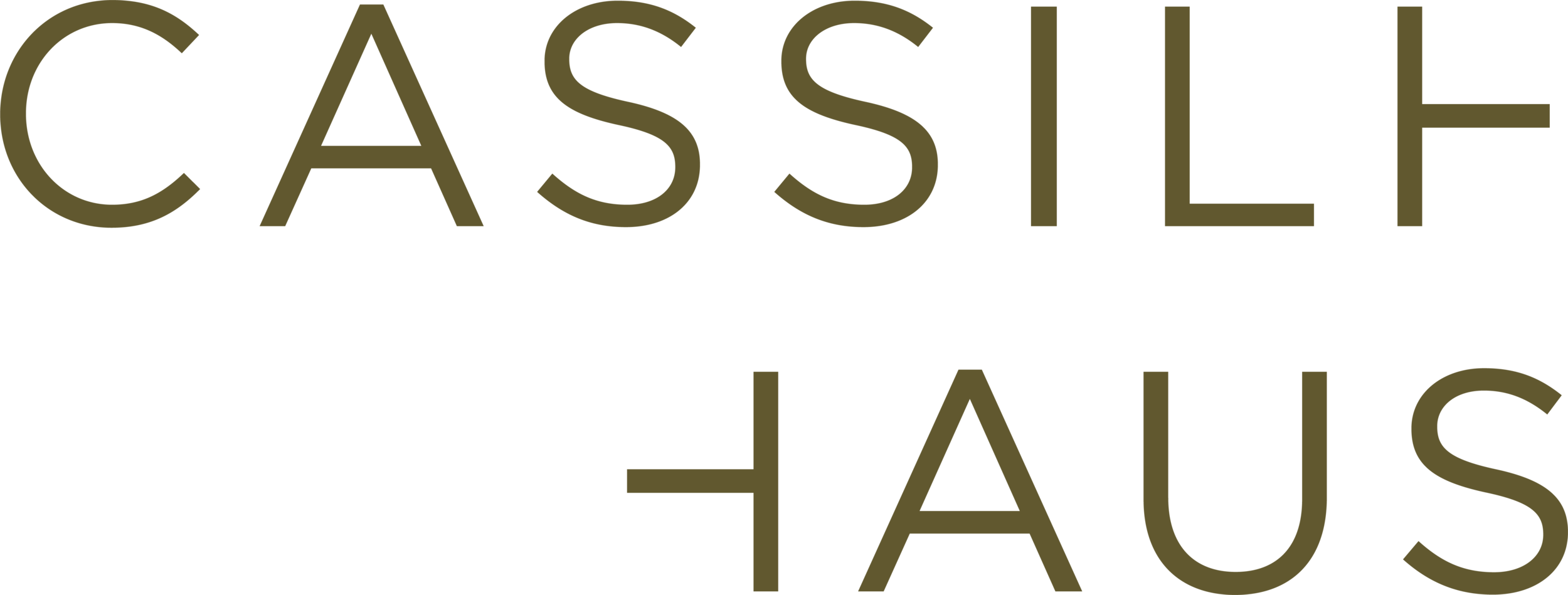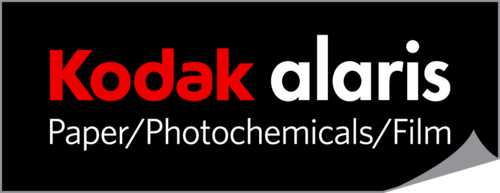Catching up with Matthew Leifheit
Matthew Leifheit received the Film Photo Award in the spring of 2021. andrew uhrig catches up with Matt about his project.
© Matthew Leifheit
The Whitman’s Sampler, 2021. Photo by Matthew Leifheit, courtesy of the artist.
andrew Uhrig: Thank you for taking the time to chat with me today. First, what got you into film photography?
Matthew Leifheit: A love of cameras. The first real camera that I had was a Rolleiflex, which was so beautiful to use. Sometimes I work digitally, like when I shoot assignments. But lately I don’t enjoy using that camera. Mostly I use a Nikon F for 35-millimeter and a Graphic press camera, specifically a Crown Graphic for 4x5. Those don’t require batteries, and I love that when I’m using completely analog cameras any problem with the picture is my fault, not something that I don't understand. But honestly I’m not a film fetishist, it’s just the process I like using most lately. People can make good pictures in lots of ways.
au: Where do you usually go to develop film, print or do any of that stuff?
ML: For 35-millimeter I go to Accurate Photo Shop. It’s in South Slope, almost Sunset Park. It’s owned by Tony and Connie Young. They do great work. Then usually I scan it after that and output it digitally for color. But I don’t do my own printing. I’m actually a very bad technician. There are people who spend their whole lives just printing photographs, so if I can leave it to them to do the final print, it’s better that way.
au: Do you have all of your photos printed digitally or do you have any of them analog-printed?
ML: Some of them are analog. Julie Pochron runs a lab in Red Hook, and does really amazing c-printing. But lately they’re more often a hybrid. I’ve been drum scanning the negatives and doing dye-sublimation prints on aluminum.
au: This current body of work that you’re making, Last Sunset, where do you see it living?
© Matthew Leifheit
ML: Well, let me start by saying this is very new work. I started making most of it during an artist residency last spring, although some pictures in the series date back to 2015. I am working towards a much larger book about Florida that is going to take me another five years or ten years to make. Maybe longer. Kodak and the Film Photo Award have enabled me to make the beginning part of the project and to get the lay of the land, more or less, of what I want to do. But it also allowed me to get to know how complicated the subject I’m getting into is. I realized how much more commitment it’s going to take. Having said that, I’m having a show of some of the work in November at a gallery in Key West. I’m excited about that. I think it’ll be nice to be able to share chapters of the work along the way as exhibitions and publications, then formalize it as a book in the end.
© Matthew Leifheit
au: I love how you refer to this community of people you’re focusing the work on as the “Stonewall Generation.” Who comes to mind when you think of the phrase “Stonewall Generation?”
ML: Just the word Stonewall conjures Marsha P. Johnson. But then the people I’m looking at are mostly people who lived contemporaneously to those at the Stonewall uprising—not the actual rioters. I think of the figure of a white-haired man in a convertible bringing home his dry-cleaning to a suburban house in Florida. That’s the kind of guy I’m photographing. It’s people who have lived through a time when they were so subversive that their way of life was actually criminalized. In Wilton Manors, the place in Florida where I’m photographing, they are now living in something that looks very much on the outside like any suburb in America, but it’s this gay enclave they’ve created in a suburb or Fort Lauderdale, near Miami. As I interview and meet people there, a lot of the stories I hear are very sad. People who experienced a lot of loss due to AIDS, families that disowned them, a lot of repression. I went into this project looking at this suburb and feeling this sense of dread in myself about what I was seeing. But after getting to know some of these people and hearing about their experience, I absolutely don’t begrudge them the convenience of a suburban life, and the ease of this kind of ‘happy hour’ culture that exists there.
© Matthew Leifheit
au: What draws you to a place like South Florida to do this whole project?
ML: I think Wilton Manors is the gayest place in America. By homeownership it’s the second gayest place after Provincetown. When I say “Stonewall Generation,” I’m thinking about people who really would identify as gay and lesbian, and not necessarily queer. Most of these people still understand the word queer as a slur that has been used against them. Specifically, I am looking at gay people, and this is sort of the center of that in America. I had gone on vacation to Florida growing up and didn’t really understand that there was this entire gay world there.
Really it was created by the onset of the AIDS crisis in America. People were given these disability packages by their jobs when they got sick. So they colonized this suburban neighborhood. They built it up into this place where, outside the elementary school, there’s a big rainbow flag. There’s a bridge that’s painted rainbow colors that says “Love is Love” across the middle. There’s a gay police force. The idea that they have these rainbow police cars that say “policing with pride,” is nuts and amazing. But then on the other hand, I march in the Gay Liberation March, which is not the Pride Parade but the one where police aren’t allowed. There a lot of reasons the police shouldn’t be involved in these gay activities. But then to someone from that generation, a police person on the street with a rainbow flag on their uniform probably feels like safety and a lot of progress.
© Matthew Leifheit
au: The image of a little family standing in front of one of those cars, and the focus is on the car. I think it’s funny to advertise queerness for a policing institution. But also speaking of policing, this is a generation of people who have been policed for a long time.
ML: Yeah, in Florida it’s been very difficult for gay people historically. I mean, think of Anita Bryant and the Johns Committee. Entrapment in public bathrooms. A lot of homophobic governmental policies have originated in Florida, including in current times.
au: It sadly seems to be never-ending. You talk a little bit in the statement too about how you’re interested in specifically the legacy of “the Stonewall Generation.” What do you think their legacy is?
ML: Their legacy is under threat. To that generation, specifically in this community, gay marriage and military rights for gay people were huge. And I think that many people of my generation never really wanted into those institutions. Because of the experience they had with being invisible to the government during the beginning of the AIDS crisis—not invisible, but willfully ignored—a lot of these people thought that changing legislation and access to these institutions would open the door to a lot of other freedoms. I don’t think they’re wrong about that. I’m not someone who wants to get married or join the army, but having the option is essential for gay people. That’s something that has changed since I began working on this project, a different respect for those priorities, which will hopefully be their legacy.
© Matthew Leifheit
au: Going back a little bit to this body of work—I’m curious about your subjects. How do you encounter these people?
ML: This one guy friend that I’ve photographed a lot, I met at a nude beach. He was very darkly tanned, had this beautiful white hair, and I saw him bobbing in and out of the ocean. I thought: I need to photograph that guy. But I’m kind of shy. It takes a lot of energy for me to approach someone and talk to them about taking photos. One thing that I learned from the photographer Mary Ellen Mark was that you should approach people with your camera out, so that they know what you’re there for. There’s not going to be an awkward moment where you have to take it out and say “oh and I want to take this photo.” So I just talked to Frank. I brought my camera over and said, “I’d love to take photos of you!” and he really was into it. He is an exhibitionist. I think it’s fun for him to model for the photos, and it also turns him on. That’s great for me because he’s very free with his body. Frank is the happiest part of my project so far because he’s reached a stage where he’s really just living his life. He seems like a happy guy. He goes to the beach every day, he’s very in-shape, he has friends, and I think he’s having a great time. There’s other people I’ve met who are very unhappy, and some of them for good reason.
© Matthew Leifheit
© Matthew Leifheit
Another thing I’m really interested in, which drew me there in the first place, is this book called States of Desire by Edmund White. It’s a time capsule. He went around the United States to gay neighborhoods in many major cities and reported back about the culture there. It was written in 1979 before AIDS, and a lot of what he was reporting on was imminently going to disappear. He went to Ft. Lauderdale to this hotel called the Marlon Beach that’s no longer there, but he described this culture of older men who would rent out hotel rooms and young prostitutes that prowled the hallways. It sounded so dark and intriguing. I wanted to go see if something like that still existed, and it very much does.
au: That obviously comes with some danger, but so does anything having to do with meeting people who are complete strangers. Do you see your art as dangerous?
© Matthew Leifheit
ML: All of the people I have met so far are very sweet. But, I hope so! I never wanted to make something nice in my whole life. I have always wanted to make something difficult. During my art school experience, I came to feel that if no one was upset by my work, then I was doing something wrong. At the same time, a lot of what I’m photographing is white gay men. Within the spectrum of the LGBTQIA community, the imbalance of white fags represented compared to any other category is huge. I’m very conscious of that. But who else is looking at these elderly gay men in Florida? I don’t think that anyone else is photographing this, and for that reason, to me, it feels urgent. I want to present an image of these men that is not scornful in any way but is complicated by including elements of the suburban comfort that they live in and the dynamics of race that exist within this space, just plainly. Part of the reason I’m using large format film for this project is that I want to see everything. My last body of work was night pictures from Fire Island. It’s very romantic, grainy, and 35-millimeter with a lot of blur and darkness.
au: I spent a lot of time flipping back and forth between Last Sunset and the Fire Island images. What made you want to do Fire Island in this more fantastical way vs. what you’re doing now?
© Matthew Leifheit
ML: I did a studio visit with a painter, who was looking at my Fire Island book, and she was complaining that it was blurry and hard to distinguish the figures in it. She said “well do you think you can get a better camera?” I was scandalized because I had spent years deciding how that was going to look, and it was absolutely intentional. However, it stuck in the back of my mind, and I was like, maybe I should get a better camera? I had been working on that Fire Island book for more than 5 years, and it’s very stylized. I wanted a change in the way that I was working. There’s such a high margin of error with 35-millimeter film that I would take the same picture over and over and over in very slight variations. The plate of the 4x5 camera actually changes everything for me. I think it makes me photograph really differently, for better or for worse, but I think it feels more exciting to me right now.
au: Yeah, I love how your intentional use of the camera plays into your work really seamlessly. But going back, you mentioned that there are rainbows everywhere in Wilton Manors. Do a lot of those come around Pride month, or are people really just like that all year-round?
ML: It’s fully all year-round. There’s more of it during pride month, but it’s very pervasive. You can date someone’s politics by which version of the flag they’re choosing to use. Because I’m trying to look at generational change as part of my subject, the rainbow has become important to look at. I used to feel that rainbow-colored things were not for me. But it really is the most beautiful color. The way that you can photograph rainbow things, especially when they’re together, has become really interesting to me. The craziest thing is when I was photographing in Florida, the Gilbert Baker Foundation, who is the designer of the first rainbow flag, had unearthed this giant fragment of the first rainbow flag that he ever made, which was in San Francisco in a communal arts center. There’s two more colors than the contemporary rainbow flag, and it’s very hand-dyed, almost tie-dyed. They dropped two colors because it was too expensive to make it in eight colors, and now it must be six. Sometimes now I notice that people still use this version with the additional two. I love the rainbow.
au: I think as queer people a lot of us are taught to not like that sort of thing. Contemporary to us, it is starting to signal corporate-branded pride, as opposed to just pride from people. It’s become very commercial.
© Matthew Leifheit
© Matthew Leifheit
I’m curious about something else: I was reading up on a few interviews you’d done previously, and you mentioned that you went through a phase when you photographed a bunch of sunsets. And they were all bad photos, you woke up one day and you realized that. I’m curious about that because you’ve titled this work Last Sunset, which has a very romantic yet daunting feeling to it I think. It signifies the end of a very beautiful cycle. I’m curious: why Last Sunset?
ML: For a project I don’t think I’ll be done with for many years, it seems strange to already know the title. But I have a very strong feeling that that’s what it’s called. It came from a drawing that I bought in this auction when the painter Paul Cadmus died. His personal collection was auctioned off for charity at very low prices. It should’ve gone to a library collection and stayed together, but it was parceled off. I got a couple of talismans, and one of them is a sketch by Cadmus of this scene of an ocean in a sunset and a giant coffin with an orgy going on inside of it, and it’s floating off toward the horizon. In the margins, there’s a note that says “the boat, the lid, last sunset,” in Cadmus’s writing. I became obsessed with that.
Part of what I have been feeling lately is that beyond color and light and formal considerations, the facts and the context around them are also a part of the art I want to make. Maybe it’s related to my background in photojournalism. So I am collecting oral histories from many of the people that I’m photographing. I have also been photographing a lot in the Stonewall National Museum & Archives, which is the largest private collection of LGBT materials in the US that’s not part of an institution. And it is amazing. If you’re lucky, if you’re a gay man in South Florida who has died, your family might bring your things to this archive. And so they preserve a lot of things that only exist there. This one is kind of my favorite, which is this box that had the photo archive of a person named Timothy Bass. It is his whole life in this box. You’re really able to tell a lot about someone through these kind of materials and I feel so grateful they have survived—of all the photos and papers they left behind. But you can’t know that person so there is always a sort of absence. Still, it makes you feel closer, which is not only comforting but ecstatic. Especially someone like this who died in the early 90s with seemingly no family connections, he kind of only exists in this box in the back room of a library. To figure out a way to represent that archive or that person and give him some small life outside that box on the shelf in the archive is really exciting to me. People talk a lot about photography’s relationship to death, but in certain circumstances the camera can also reanimate.
© Matthew Leifheit




















